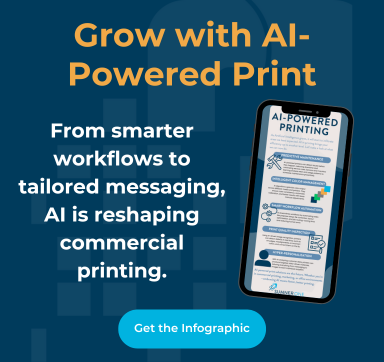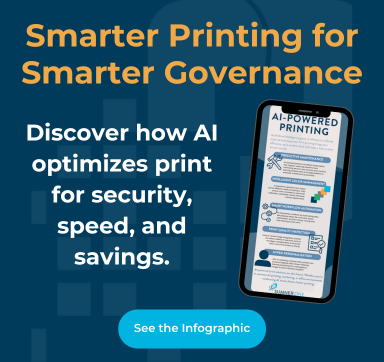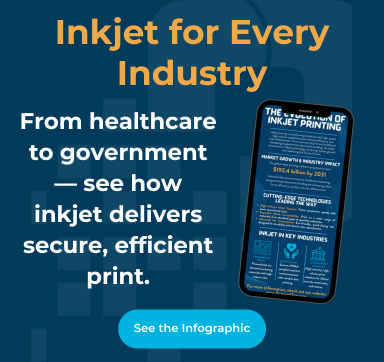There are a lot of resources out there that take on this question: Which technology should I use for my next printing project? With the ever-growing updates in tech, however, those articles can quickly become outdated and many of them are already. Here at SumnerOne, we want to make sure that you stay on top of all the latest printing trends, even if that means revisiting a long-going debate.
So, how does one choose between offset and digital printing? There are several factors that will affect your decision, and the easiest way to tackle them is to ask yourself a series of questions surrounding your print job.
Volume—how many are you printing?
Because of the nature of offset printing, if you have a large print run size, offset is the clear winner. Even with all the improvements digital has made, offset is still more accurate and cost effective in large runs. For a short run, digital is less expensive, every time.
Size—how big is your project?
If you’re printing a large-format or an odd size (especially in a larger run), offset is the better choice. Digital print is better for a standard size, especially for a smaller run.
Time—what’s your turnaround time?
Offset printing can take a bit longer because of the initial setup of the job. Each metal plate needs to be created new for each job. This time and process should be considered when deciding between digital and offset. Digital printing is much faster.
Material—On what would you like to print?
Traditionally, offset printers are better equipped to handle a wider range of materials, while digital is better at handling standard weight papers and standard finishing methods, like folding and stitching. Highly textured papers may look better when using offset printing due to the fact that toner doesn’t always stick properly to highly textured stocks.
What about posters or book jackets? High-volume newspapers or newsletters? Offset is the answer here. Higher volume becomes cheaper per page with offset printing.
Color—What are your color needs?
Digital printing color quality has come a long way. So, if your print run is small, and you don’t need to match Pantone color exactly, using digital is a good choice and may be less expensive. Offset, however, can match Pantone color perfectly and has more color consistency.
Note about color: Black and white or just one/two colors? If yes, and you need more than about 500, choose offset. If yes, but you need fewer, choose digital. (If you need fewer and full color? Choose digital.)
Customization—Are you making something special?
If you’re creating work that needs foil stamping or embossing, offset is the better choice. But, if you’re working on a variable data project that uses different names, addresses, or images, digital is much easier from sheet to sheet; unlike needing to create separate plates for each name/address/image, which would be tedious and expensive.
Proofs—Would you like to see a sample first?
To get a color proof for an offset project, you’ll need to be committed to that process as creating the plates is the slowest and most expensive part of offset press printing. Digital is cheaper for proofs.
Also worth noting—if you find a typo during the proof process, correcting it in digital is much cheaper as well, as you’d need to create whole new plates in order to correct that error.
Overall, offset is still a better option for high-volume print jobs. Digital, however, shouldn’t be overlooked, as its color matching capability, finishing options, dry time, and cheaper start up costs are big bonuses. Of course, if you ever have any confusion about which printing option to choose, SumnerOne is your partner in printing and is always available to help you make the best decision for your printing equipment. Contact us today for a free print assessment.
 FREE EBOOK DOWNLOAD
FREE EBOOK DOWNLOAD

















